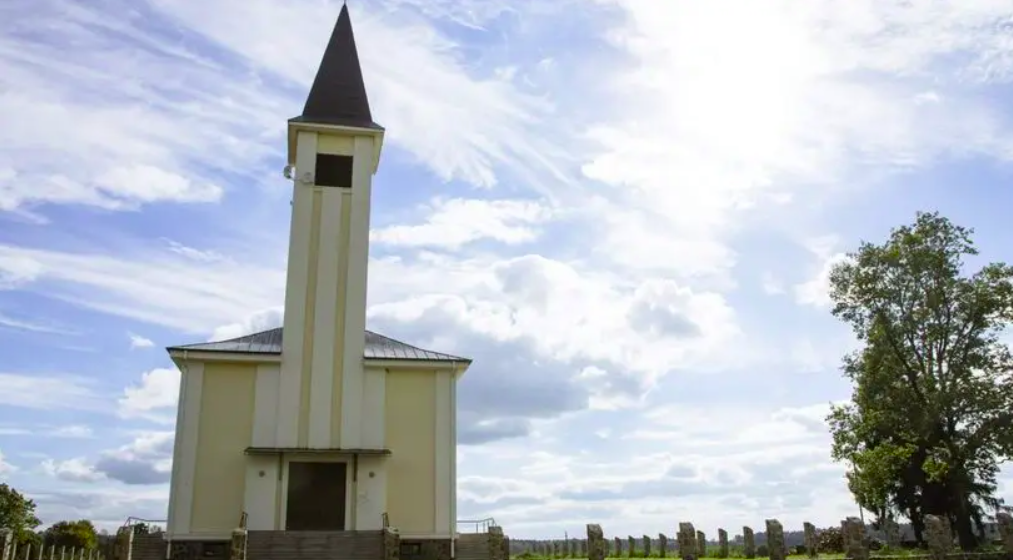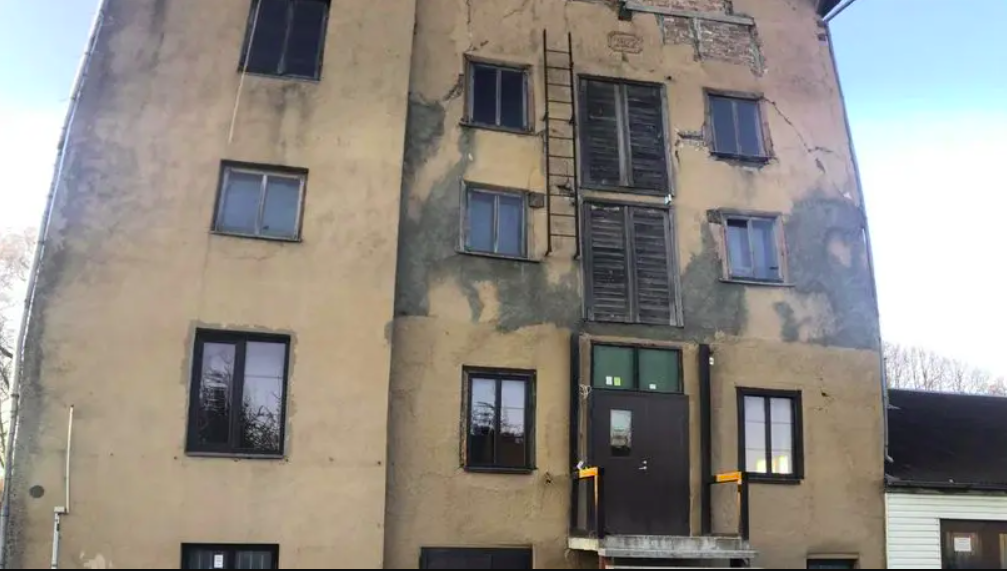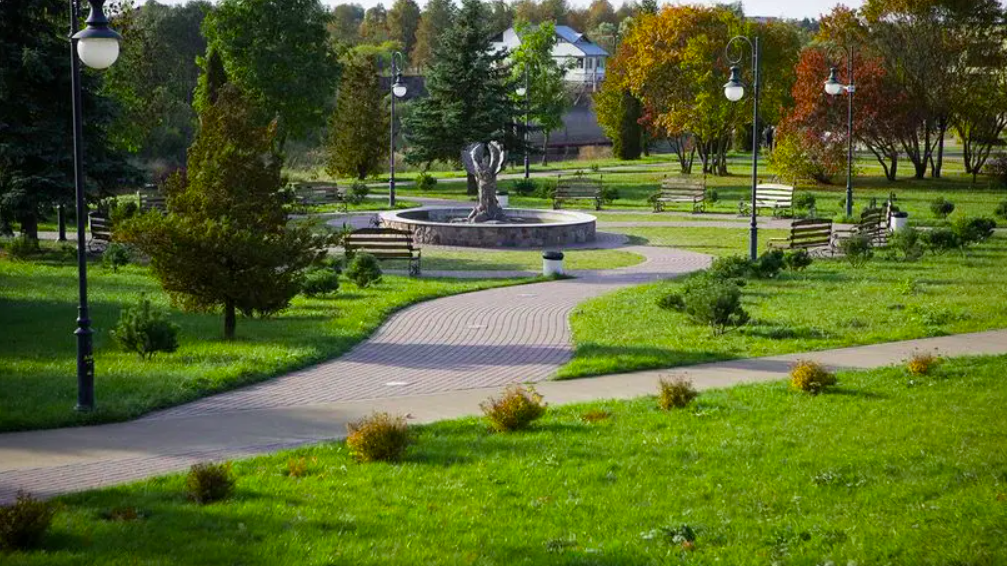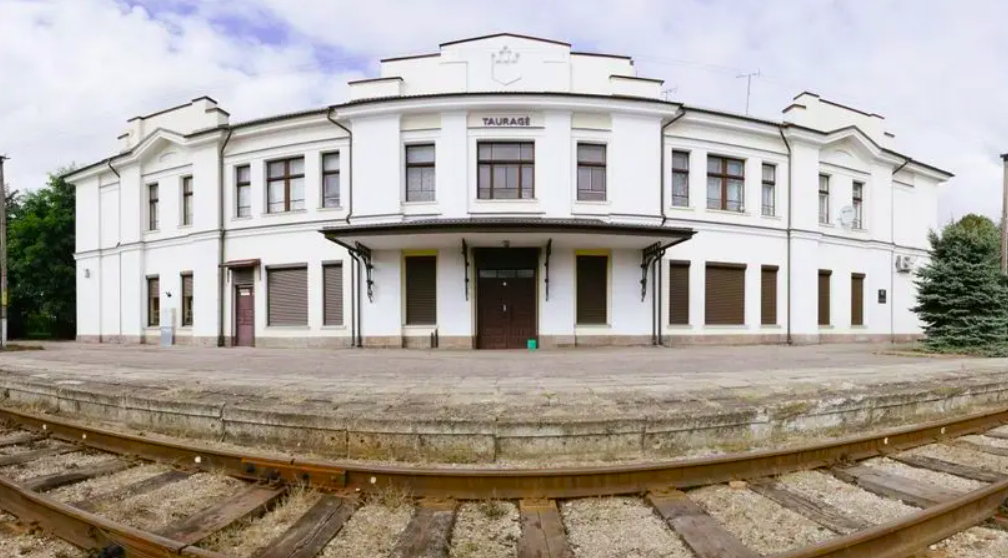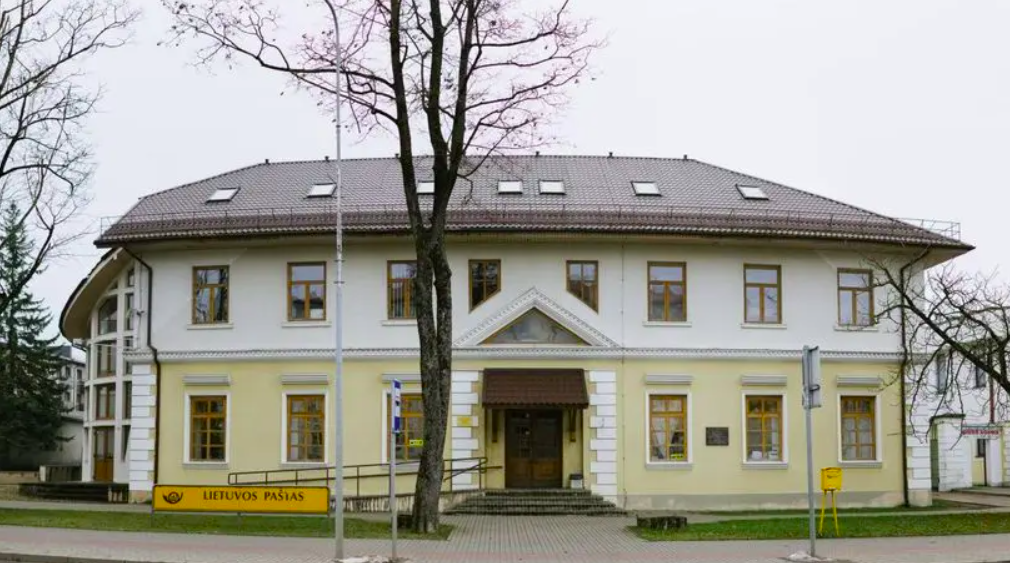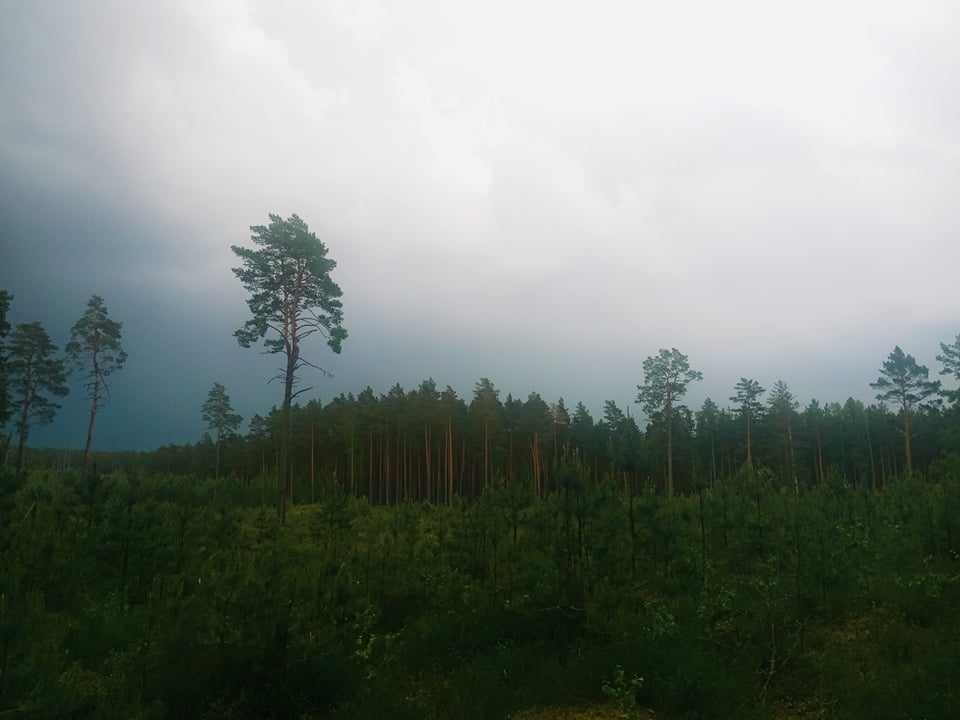Kaskalnis Geomorphological Reserve

171

0

0
0 out of 5
(0 reviews)
Not every region can boast of having a forest or a woodland, but we are fortunate to have the incredibly mysterious and treasure-filled Karšuva Forest. Within its territory lies the Kaskalnis Geomorphological Reserve, part of the Jūra Ichthyological Reserve, and the Viešvilė State Nature Reserve.
Not every region can boast of having a forest or a woodland, but we are fortunate to have the incredibly mysterious and treasure-filled Karšuva Forest. Within its territory lies the Kaskalnis Geomorphological Reserve, part of the Jūra Ichthyological Reserve, and the Viešvilė State Nature Reserve.
Kaskalnis Reserve is distinguished not only by its impressive and highest inland dunes in the country but also by the abundance of dunes covered with pines. Scientists claim that the inland Kaskalnis dunes formed about 8,000-9,000 years ago. As the glaciers retreated, a large lake formed in that area. When the lake receded, the wind piled the sand left on its bottom into large hills, which have remained as inland sand dunes to this day. The Kaskalnis Reserve was established in 1988.
The reserve is dominated by pine forests, with spruce forests on its eastern edge. Moose, red deer, and wild boar inhabit the reserve. Mushrooms, blueberries, and lingonberries grow here.
If you travel in the northern part, you can see the old border between the Grand Duchy of Lithuania and Prussia. The boundary of the Viešvilė Nature Reserve runs nearby, providing
an excellent opportunity to acquaint yourself with this unique natural treasure without even entering it. After crossing the Viešvilė stream bridge, you will see another magnificent natural monument – the minimally disturbed western taiga.
A bit of history:
It is believed that in the past, the name Kaskalnis referred to only one dune in the northeastern corner of the massif. It is said that this dune is approximately where the unofficial meeting of the rulers of the Poland-Lithuania Commonwealth and the Teutonic Order took place in 1517. Local historian Hans E. von Knobloch was the first to note that on the 1705 map of the Ragnit district, an object is marked approximately at this location – Casto Calna – Kastas Kalnas. There is an inscription indicating that Sigismund the Old and the last Teutonic Grand Master Albrecht of Brandenburg dined here. Other sources confirm that in the mentioned year, both rulers visited these areas. The inscription states that to commemorate the event, they ordered the hill to be dug through. Perhaps it is a legend, or perhaps something similar happened, and the dune began to be called Kaskalnis.
Found a mistake?
Report
Whats new?
Nearby attractions
Nearest museums
Nearest accommodations

 Entertainment
Entertainment
 Sightseeing
Sightseeing
 Food establishments
Food establishments





























 55.104372, 22.383452
55.104372, 22.383452
 Get directions
Get directions









